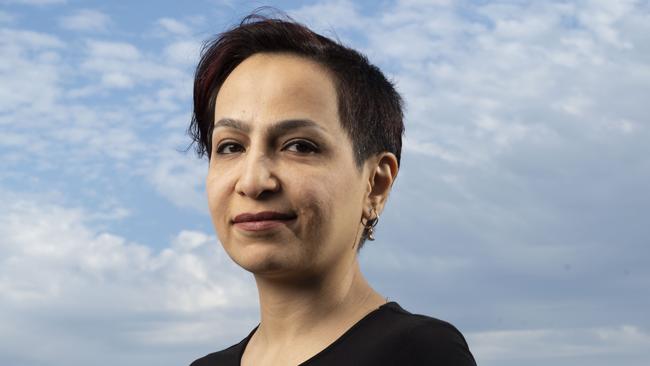Budget 2020: Boost for women but not enough, say some
Like many entrepreneurs, Farzaneh Ahmadi found the past few months tough.

Like many entrepreneurs, Farzaneh Ahmadi found the past few months tough.
As COVID-19 struck there was no chance of accessing government help such as JobKeeper for her start-up, Laronix, which is developing a cutting-edge artificial larynx. Launched in June last year, the start-up was pre – revenue and thus ineligible.
That potentially changed with Tuesday’s budget announcement of $18m over three years for the Boosting Female Founders grants for female-owned start-ups.
Dr Ahmadi, who recently managed to raise some private capital, welcomed the program, the first specific funding offered for female-owned start-ups. But she said much more, including research and development tax incentives were needed.
For the government, the founders’ grants are an important part of a $250m women’s economics security statement announced with a $74bn JobMaker program that has been criticised as being skewed towards men.
Economists were divided on Thursday over claims women would disproportionately miss out on jobs and the benefits of tax cuts, and that the failure to boost childcare would hinder women returning to the workforce.
Women’s groups, such a Chief Executive Women, have argued the budget missed an opportunity because it lacked specific measures for female-dominated service sectors.
Leading economist Saul Eslake agreed the government’s principle vehicles for job creation would translate for “more jobs for blokes”.
“I can understand why women think there is less in it (the budget) for them than for men,” he said. “But they are not worse off.”
Women had borne the brunt of job losses in the pandemic because they dominated service sectors, but they had been more successful in regaining jobs: in net terms between March and August, men’s employment had fallen 3.1 per cent while women’s dropped 3.3 per cent.
Dr Eslake said an extra $10bn for infrastructure spending would arguably favour men because 88 per cent of jobs in these sectors were held by men.
He was not opposed to applying a “gender lens” to budget decisions, as CEW has argued.
“There are a lot of other lenses applied, such as a regional lens,” he said.
“Howard used to insist the family impact of all budget measures had to be assessed. Why not do it for 51 per cent of the population? New Zealand does it and Canada does it.”
Robert Carling, senior fellow in the economics program at the Centre for Independent Studies, rejected the claim the budget was skewed against women, saying the real economic impact would come from wage assistance to employers and tax cuts that were gender neutral, and not from extra infrastructure spending.
“I don’t think it makes much sense to say that just because you can’t find items of expenditure specifically targeted to women that they will benefit less,” Mr Carling said.
Grattan Institute chief executive Danielle Wood said direct job creation was skewed to male dominated sectors.
While $4bn had been allocated for direct wage subsidies that were gender neutral, there was about $20bn in specific packages for infrastructure and manufacturing where men dominated jobs.




To join the conversation, please log in. Don't have an account? Register
Join the conversation, you are commenting as Logout